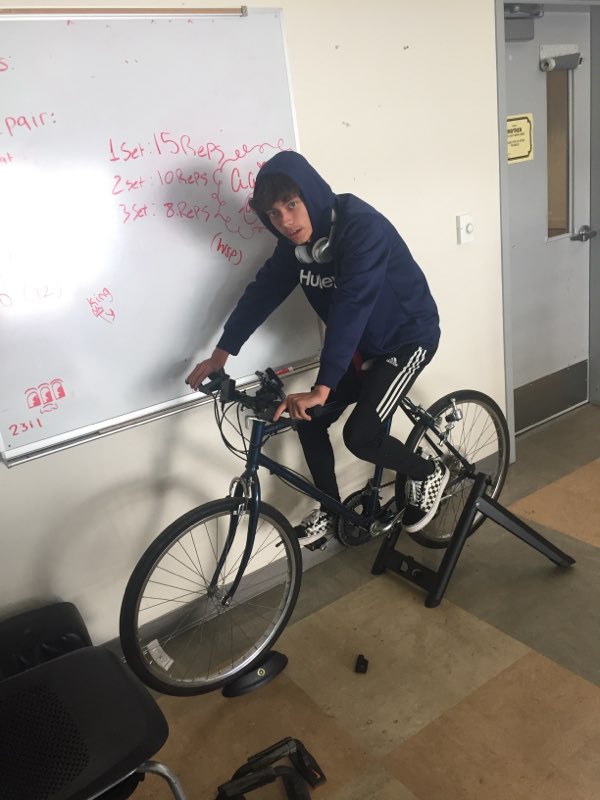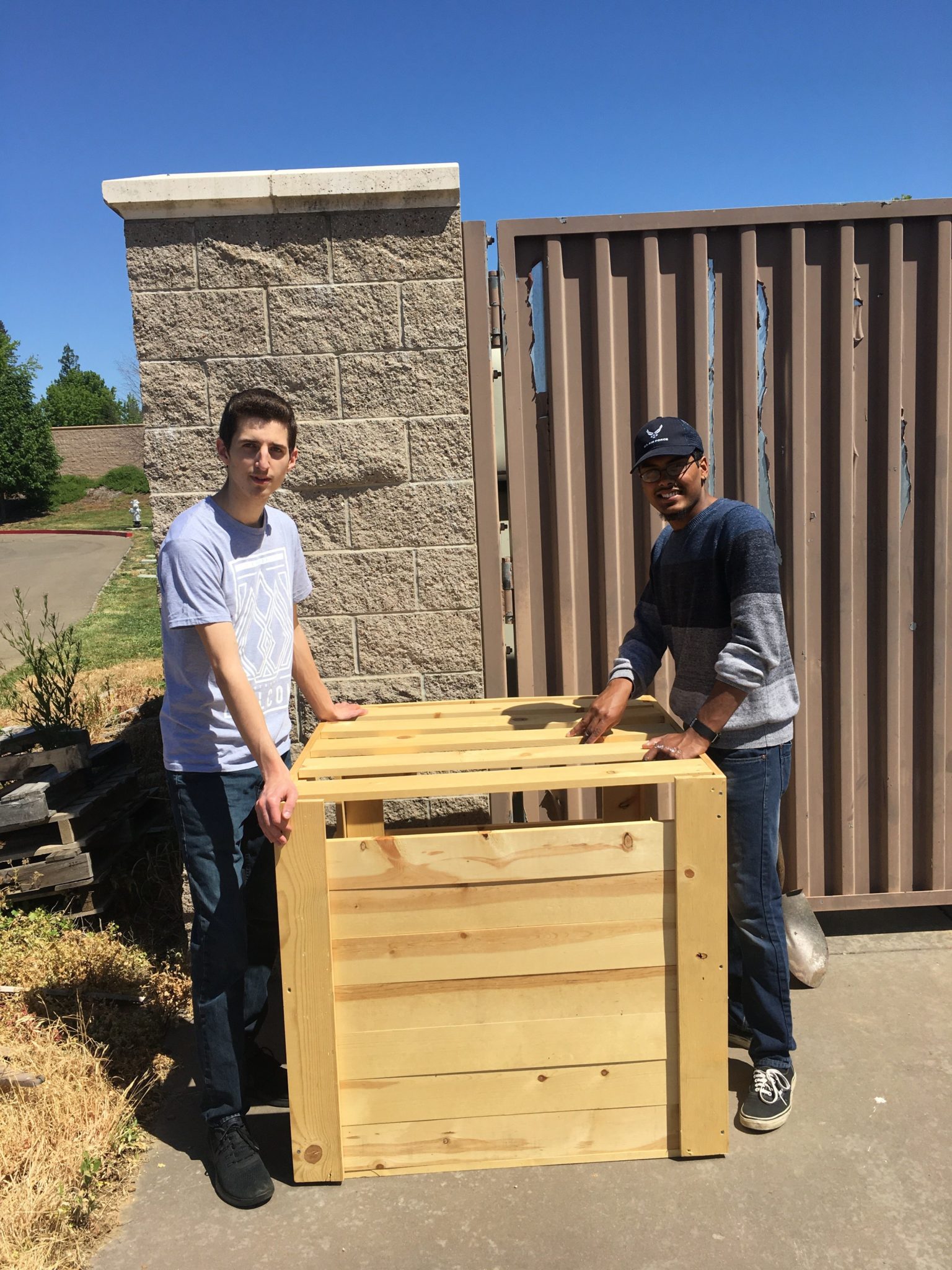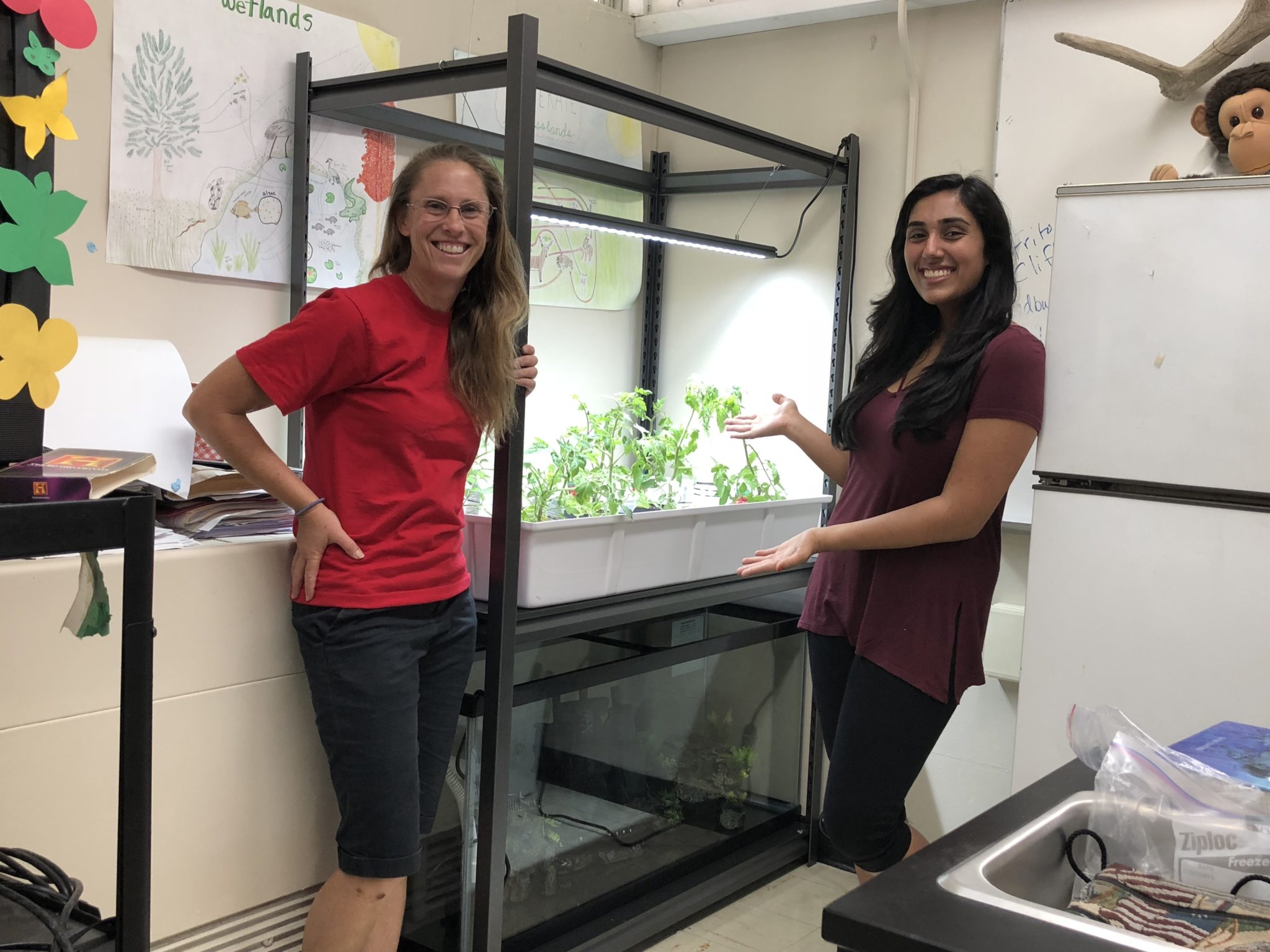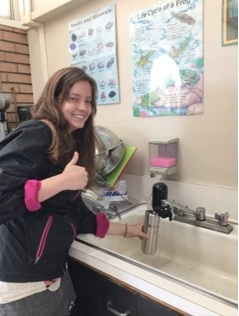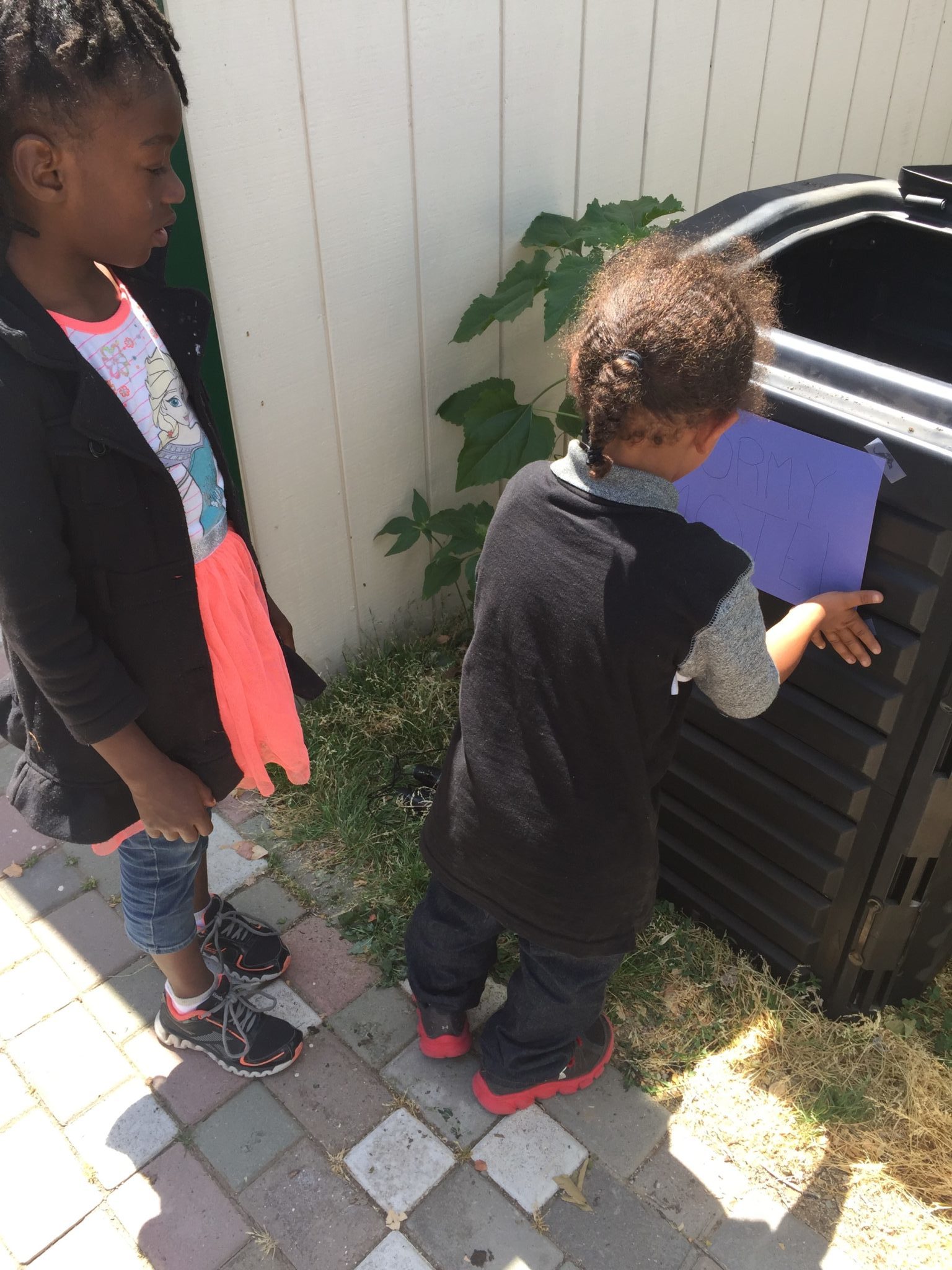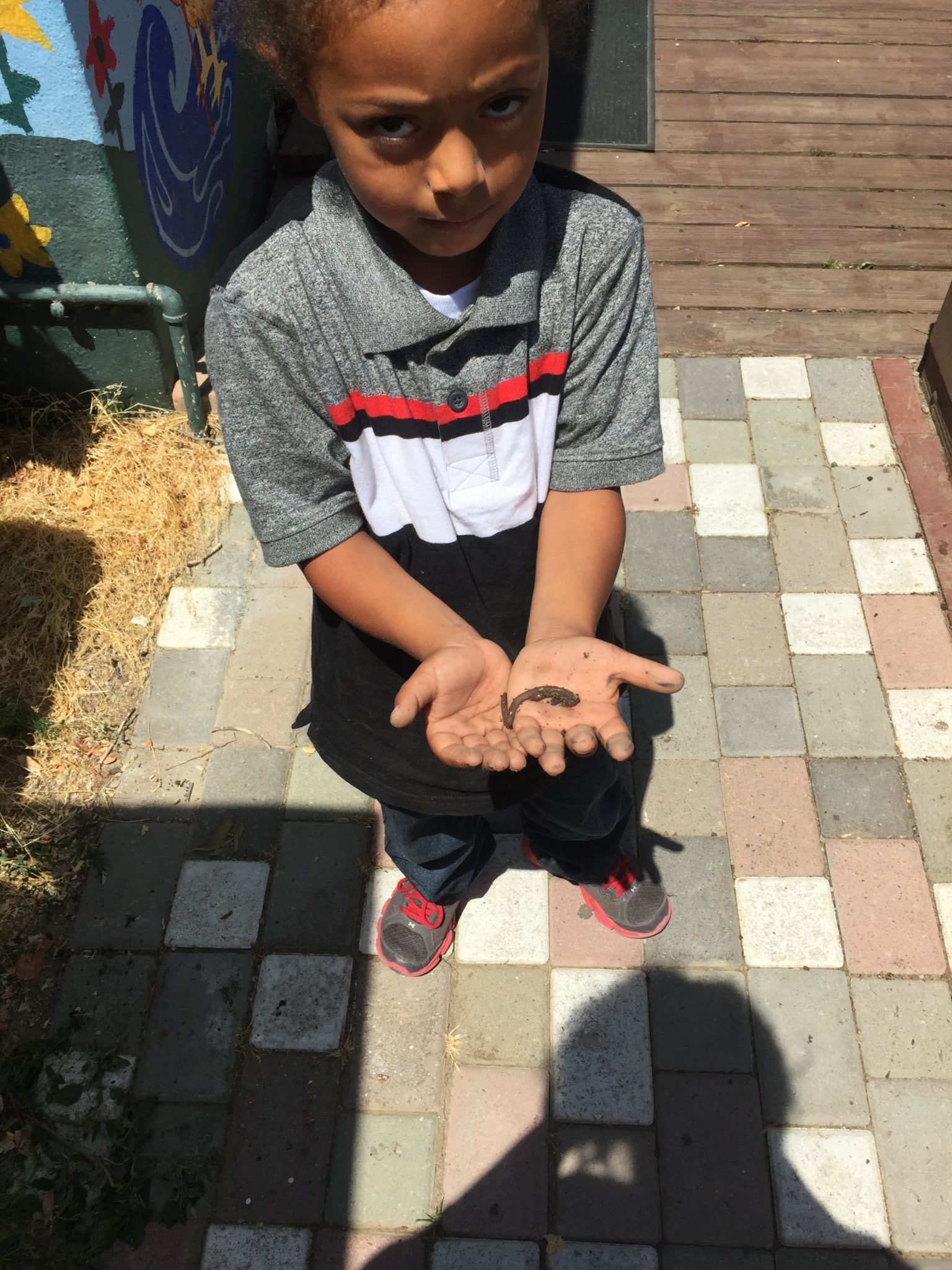2018, Sacramento/Davis, California, USA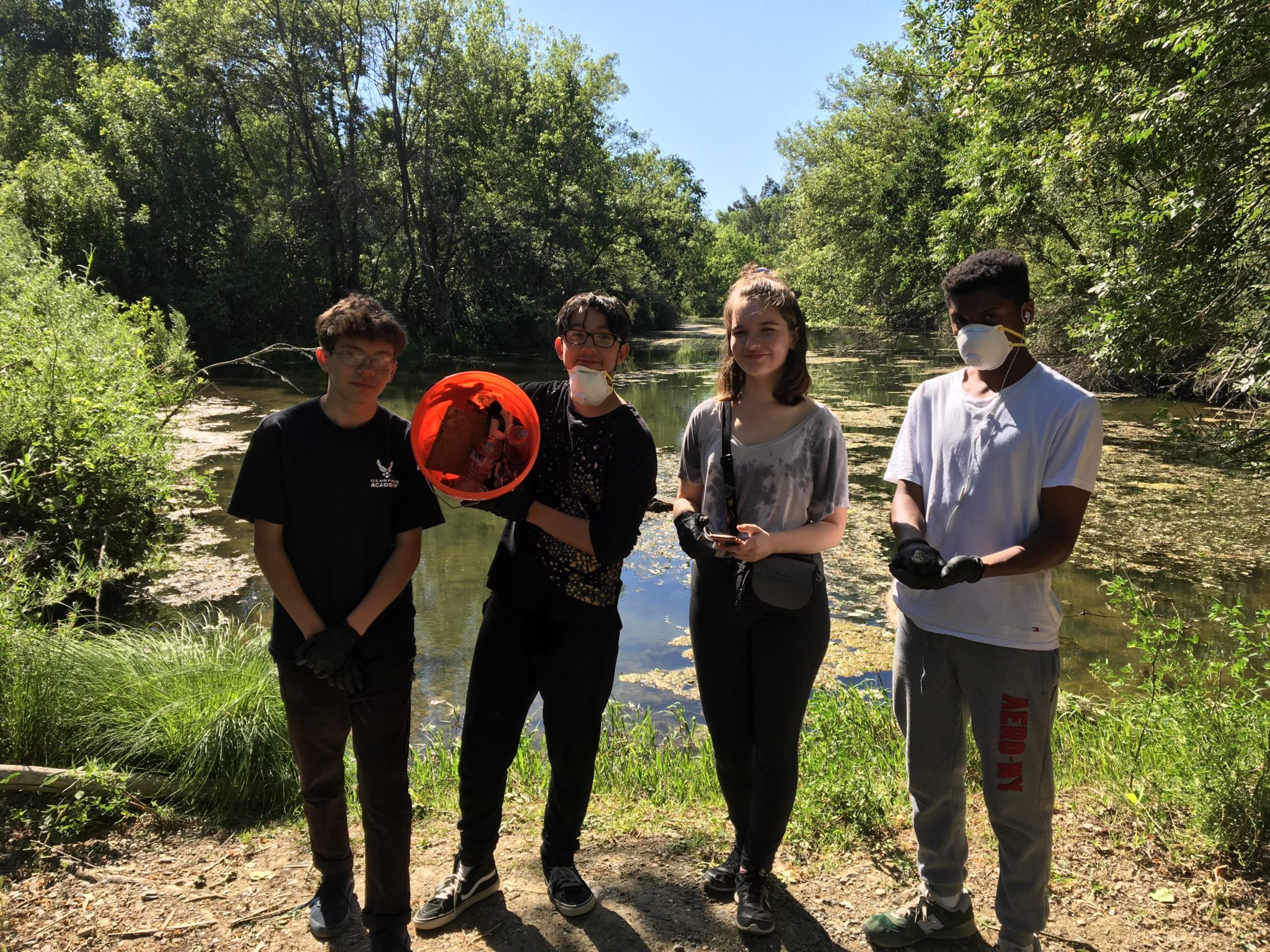
While Simon Downes-Toney goes to school at The MET Sacramento, he lives in the nearby town of Davis, California. Therefore, when choosing a location for his Caring for Our Watersheds project, he chose a place near and dear to his home and heart, the banks of Putah Creek.
Putah Creek flows through the UC Davis Arboretum and Public Garden, where many students and residents utilize a paved path along the waterway. Simon organized a clean-up day, where he and his fellow classmates walked this riparian corridor and collected trash and debris.
This simple, straightforward project helped keep trash from entering the waterway, protected wildlife and waterfowl that reside there, and cleaned and beautified a public space enjoyed by many in the community.
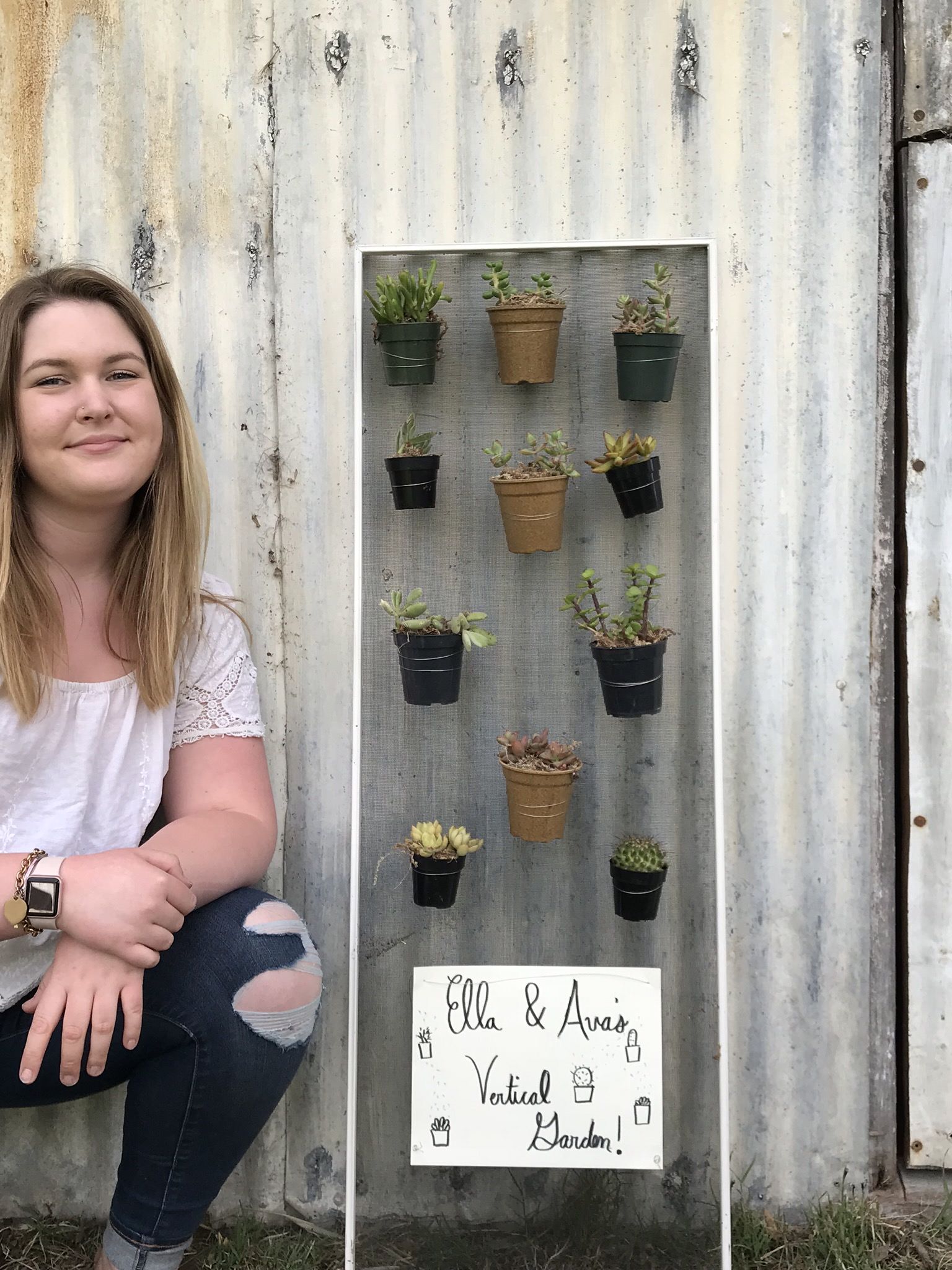
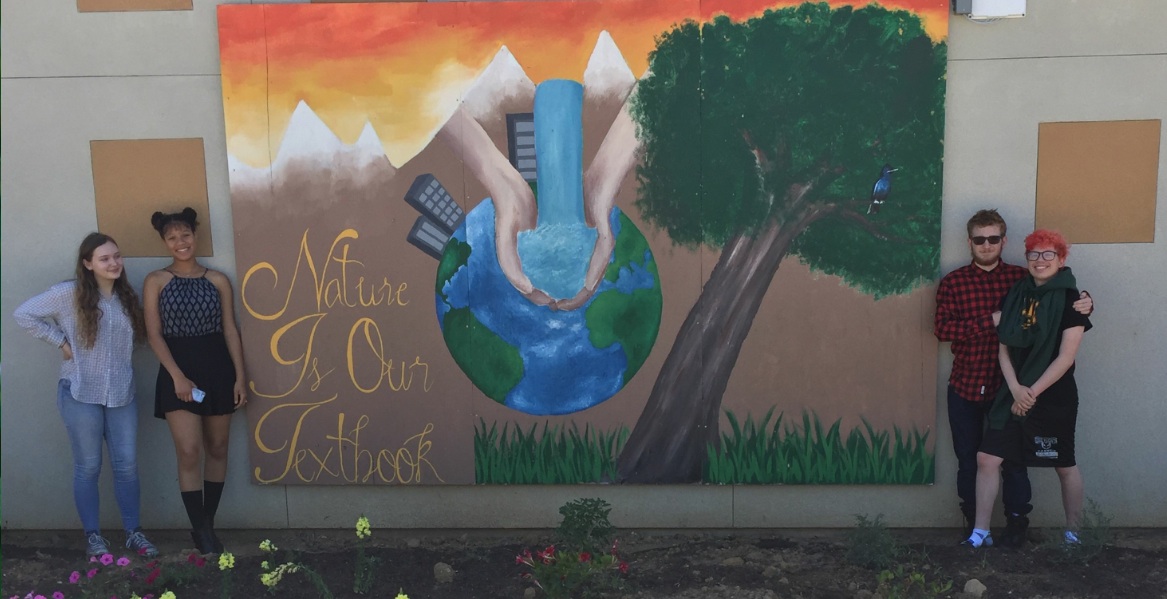
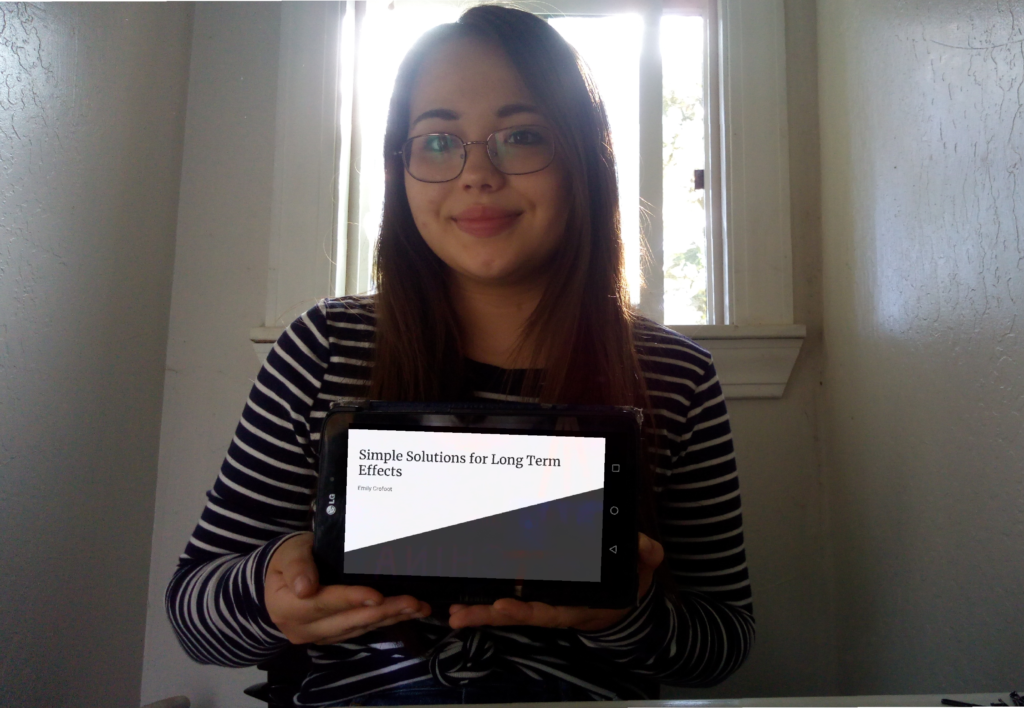
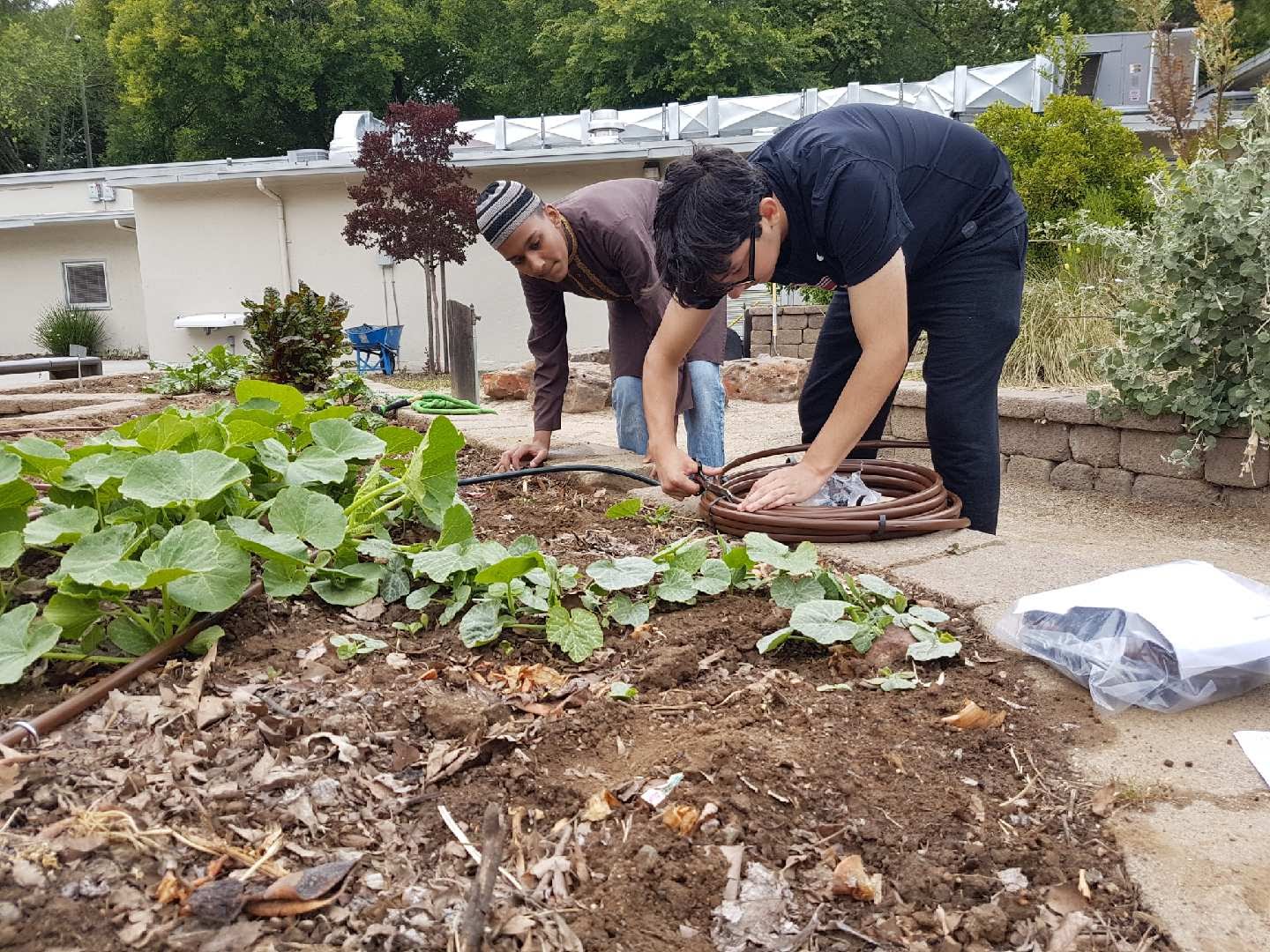
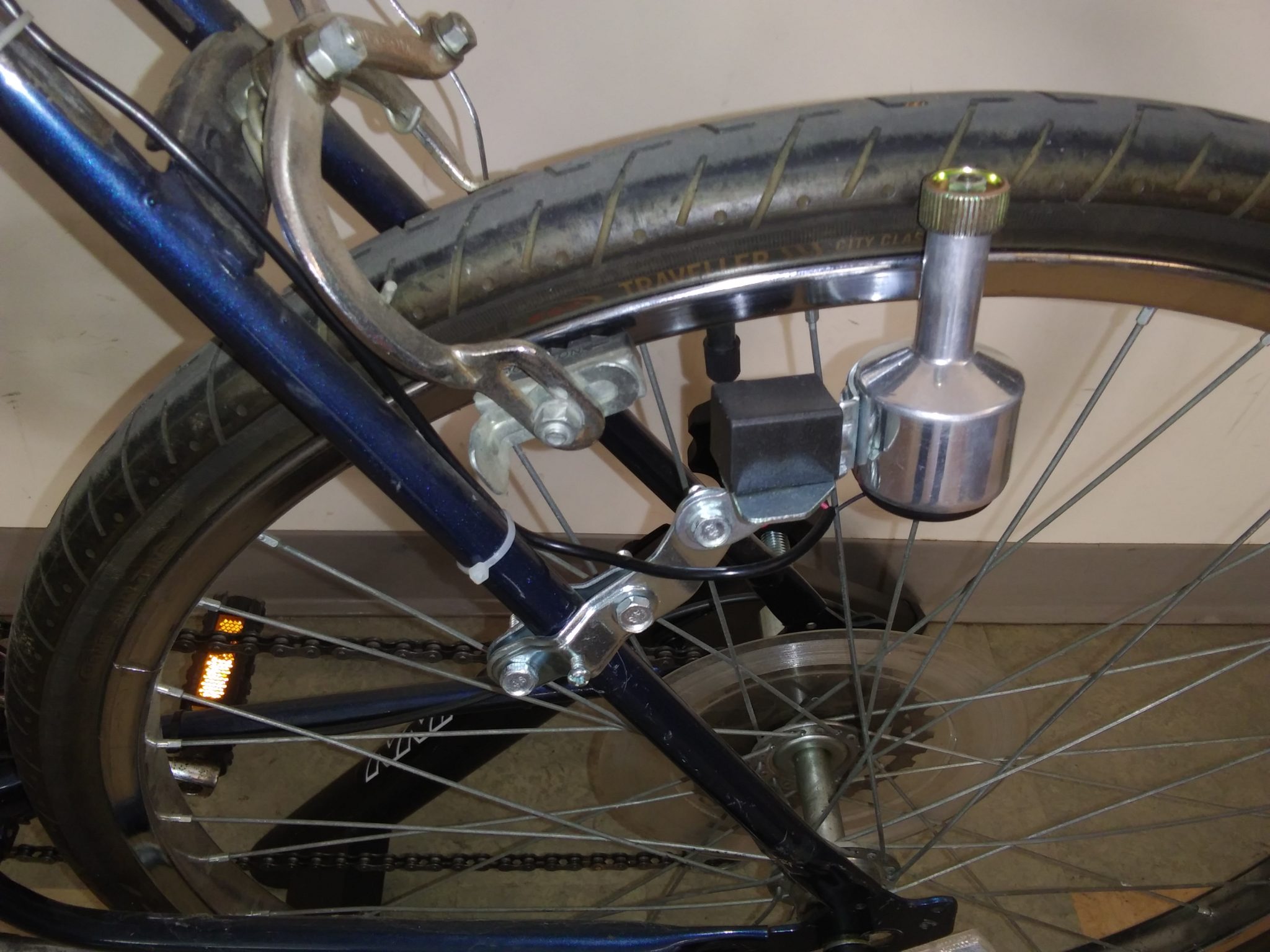 2018, Sacramento, California, USA
2018, Sacramento, California, USA